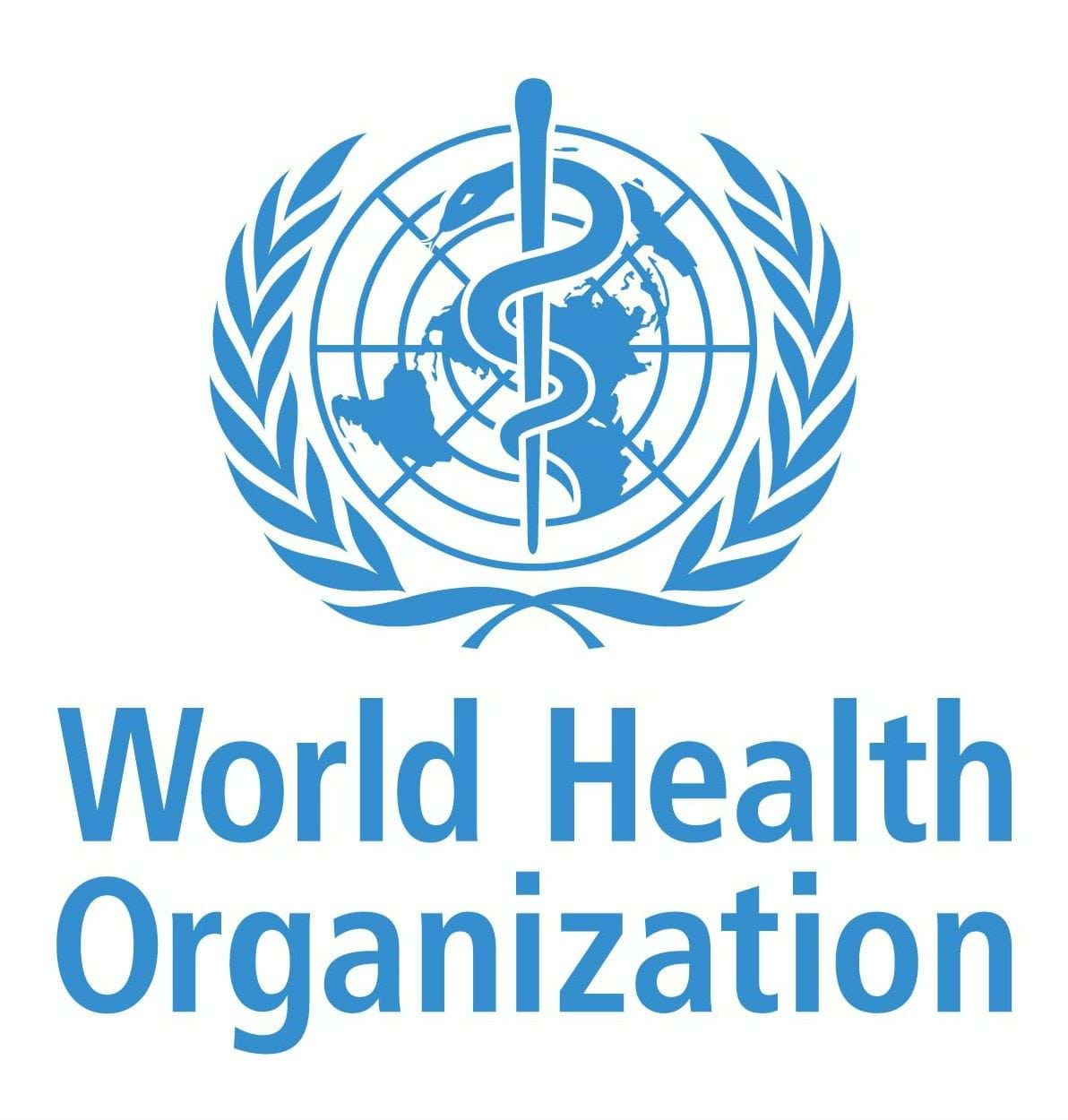Lessons Learned from Programmes
Adolescent Well-being: Background Papers for Multi-stakeholder Consultations

Overview
This paper summarizes key programmatic lessons from a review of ten adolescent well-being programmes across a range of world regions. Programmes were either nominated by members of the PMNCH Adolescent Health and Well-being Workstream´s Working, Steering or Reference Groups, or by authors of other background papers in this series. Programmes that explicitly addressed at least three of the five domains of adolescent well-being in their written objectives were considered for inclusion.
The programmes have been grouped by the primary settings in which they were implemented: 1. Household (2 programmes); 2. Schools (3 programmes); 3. Community (3 programmes); 4. Digital space (2 programmes). Each of these settings plays an integral part in shaping and developing adolescents and represent an important space for programming to promote adolescent well-being.
The programmes illustrate that it is feasible to design and implement effective holistic well-being programmes that address multiple domains of adolescent well-being. To ensure the effectiveness of a programme focused on improving adolescent well-being across multiple domains, this paper emphasizes the importance of systems thinking, multi-sectoral collaboration and sustainability. Programmes need to be designed with an understanding that adolescents are a diverse group with a breadth of lived experiences. Programmes must consider and be tailored to be relevant to a range of determinants, such as age, gender, socio-economic, and familial structures. This paper also stresses that actively and meaningfully engaging adolescents in all aspects of the governance, design, implementation, and evaluation of the programme is essential for addressing adolescent well-being across its five domains. Effective adolescent programmes need to reach adolescents in the multiple settings where they live. It is important that programmes in different settings are co-ordinated and work synergistically to ensure that gaps are addressed and that programme objectives in each of the settings reinforce each other.

.png?sfvrsn=6d0e27cd_1)



